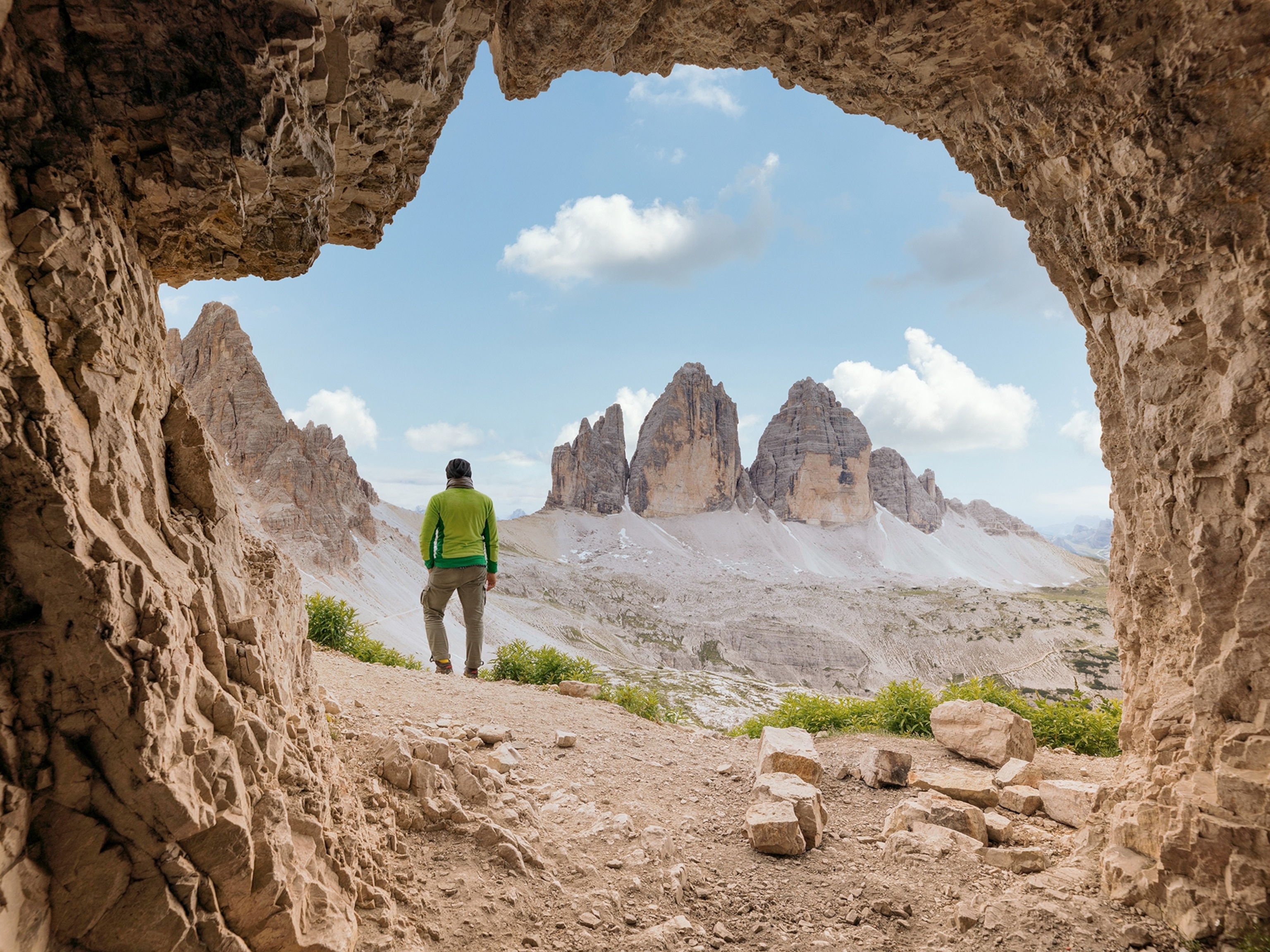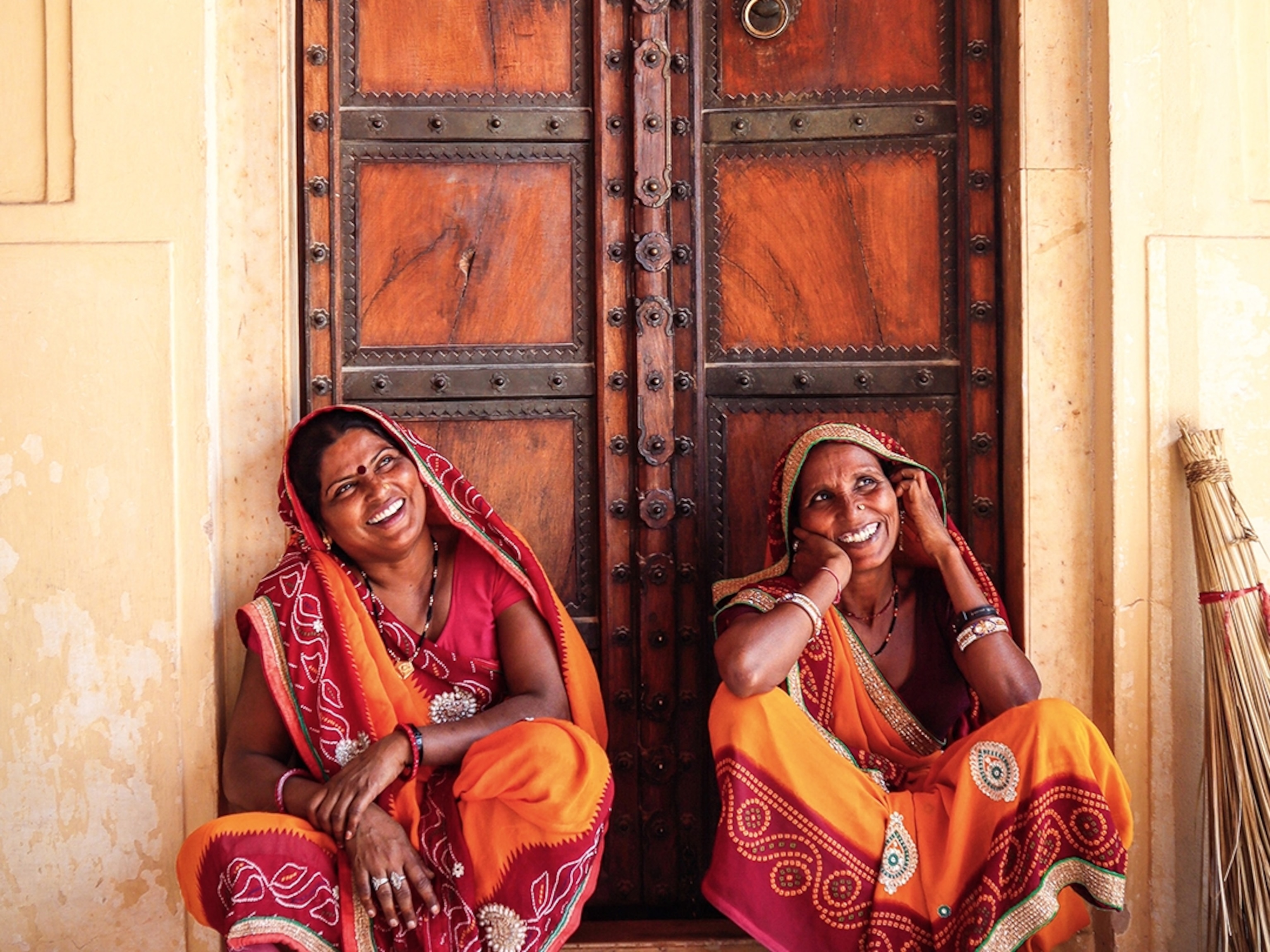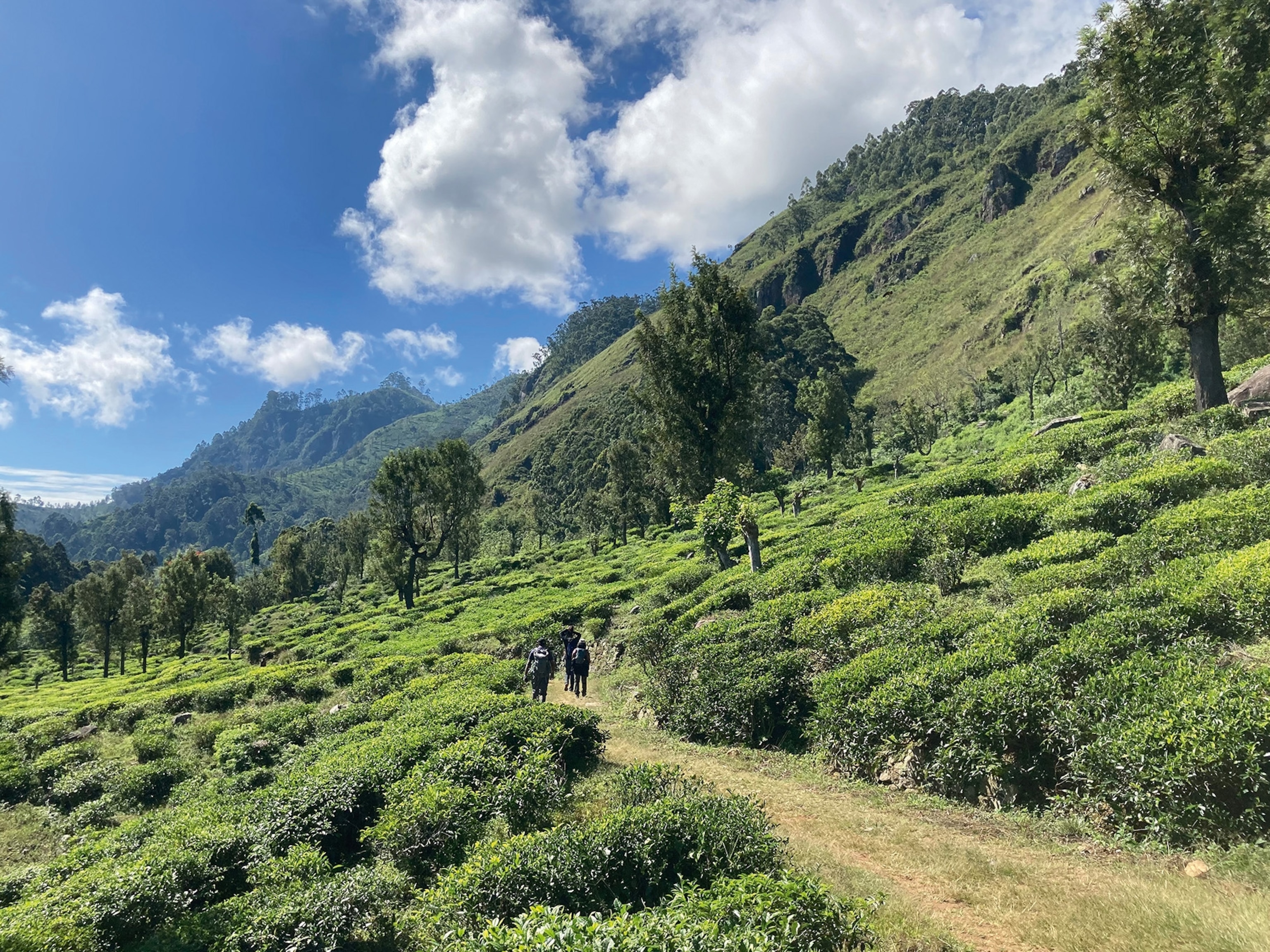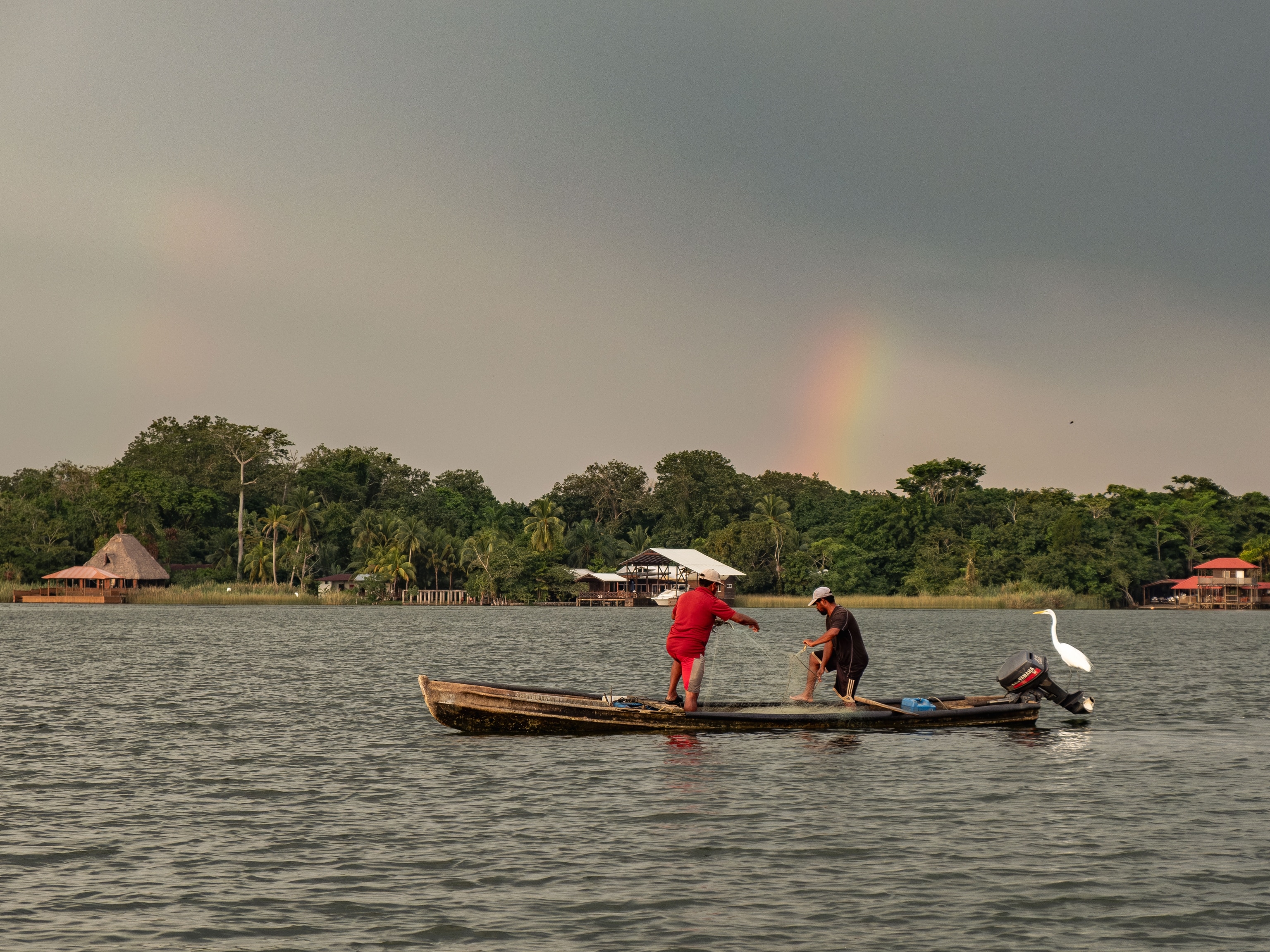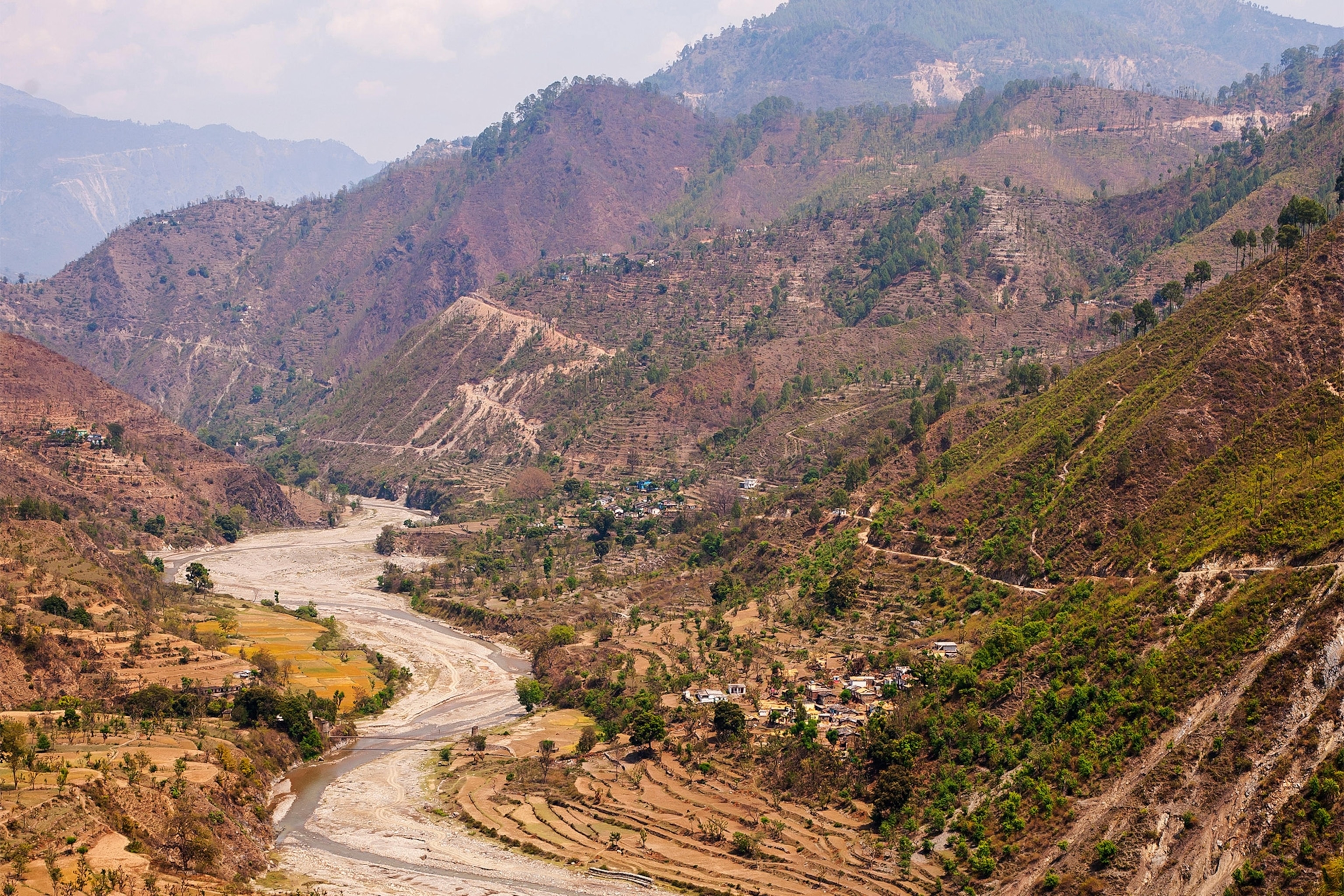
Himalayan hiking for beginners: birdlife and village stays in India's Kumaon Hills
It's possible to experience the majesty of the Himalayas without breaking a sweat: Uttarakhand's Kumaon Hills offer routes for beginners, bringing rare birdlife, high-altitude views and remote villages into reach.
It’s impossible to tell how big the black eagle really is until it alights on the oak tree in front of me, making the branches droop and creak as it clings to its perch like an elephant on a tightrope. With a wingspan of around three feet, this giant bird of prey is far less graceful on its talons than it was a moment ago, when it was gliding in broad arcs over the rippling green valley. As I clasp a cup of chai on a terrace 1,800 metres up in the Kumaon Hills, I’m close enough to see its peppercorn-coloured wing tips.
Hiking in the Himalayas is often framed around breathless high passes and unforgiving mountain faces draped in prayer flags — but here in India’s Himalayan foothills in Uttarakhand, surrounded by valleys of pine, oak and rhododendron forest, I’m experiencing a gentler side to Asia’s famous mountain range. Travellers come to this little-known corner near the Nepalese border not to bag peaks but to bag avian sightings.
The next morning, I meet local guide Deepak Joshi, who notes that the effects of climate change are being felt in the region. “Usually the migratory birds come back in April,” he says. “But this year they started coming back in February. It’s a big difference.” One of the founders of Village Ways walking company, Deepak joins me on the terrace of Khali Estate — a vine-draped former summer house built in the late 19th century by British commissioner Sir Henry Ramsay.
After a hearty breakfast of aloo paratha (potato-stuffed fried flatbread), I prepare to set off on a village-to-village hike in search of more birds at Binsar Wildlife Sanctuary. Fleece zipped high around his neck in the cool morning air, Deepak has his thumb poised over the button of a DSLR camera, with which he’s recording Binsar’s extraordinarily concentrated birdlife.
He tells me that despite the area only being 20 square miles, the reserve is renowned for its dense population of 200 bird species, including several types of eagles, woodpeckers and the giant Himalayan vulture. And, as climate change exerts pressure on India’s more southerly Western Ghats, Deepak says Village Ways’ specialist ornithology guides have seen more birdlife heading north, making the species diversity in these Himalayan hills richer than ever.
I leave Deepak and am soon out on the 30 miles of trails corkscrewing through the reserve, connecting Khali Estate with five village guesthouses for community stays. My next guide, Hem Joshi, and I are heading for one in the village of Risal, via his home in Dalar. Pine needles on the forest ridge crunch underfoot, and I wonder if the noise will scare off all the wildlife. But with no cars and few houses in the sanctuary due to a ban on development within its boundaries, nature is bold. It isn’t long before we’re immersed in the giant aviary of the forest.
Hem breaks off mid-sentence to point out a slaty-headed parakeet poking out of a nesting hole in a pine tree. Before I’m done marvelling at its bright-green crown, he swings round to where the path sweeps down the valley. “A crested serpent eagle,” he whispers gleefully, pointing skywards to alert me to its baritone warble. “But where is it?” he asks himself, carefully scanning the hillside of sculpted farming terraces with his binoculars — to no avail.
Later Hem points out Dalar — a mottling of stone houses that emerges through the trees across the valley — before we descend, trees giving way to vine creepers straight out of The Jungle Book as the humidity rises. He explains that only six families live in his village now — the younger generation has migrated to the cities in search of work. With tourism in the region growing, some may be persuaded to stay.
Hem moves with the stealth of a ninja, attuned to the forest. At the bottom of the valley, passing a goatherder who clicks and whistles gently to his flock, we pause to follow a flame-bright rufous-bellied woodpecker up an oak tree with our binoculars, before hiking across a rocky riverbed that will become impassable during monsoon season.
"We have some birdwatchers who can spend a whole day just on this section of the trail, says Hem," as we watch warblers and flycatchers congregating around the limpid pools of water looking for insects.
By the time we reach Dalar for a chai break, we’ve spotted 16 bird species in just a couple of miles. At the entrance to the village, we’re greeted by a small girl holding a baby goat in her arms like a doll. There are buffalos chewing the cud in front yards overflowing with turmeric-hued mustard flowers and pastel-pink peach blossoms.
It’s here that I find the million-dollar-view on the steps of Hem’s whitewashed, blue-shuttered mountain house: the jagged smile of the high Himalayas, still cloaked in snow. It’s the same skyline that high-altitude trekkers elsewhere in the mountains will be admiring right now — I just haven’t had to climb for days to find it.
Village Ways has 11-night walking holidays in Binsar Wildlife Sanctuary from £1,055 per person, including transfers and most meals, but excluding flights. Vistara has flights from Heathrow to Delhi from £890.
To subscribe to National Geographic Traveller (UK) magazine click here. (Available in select countries only).

